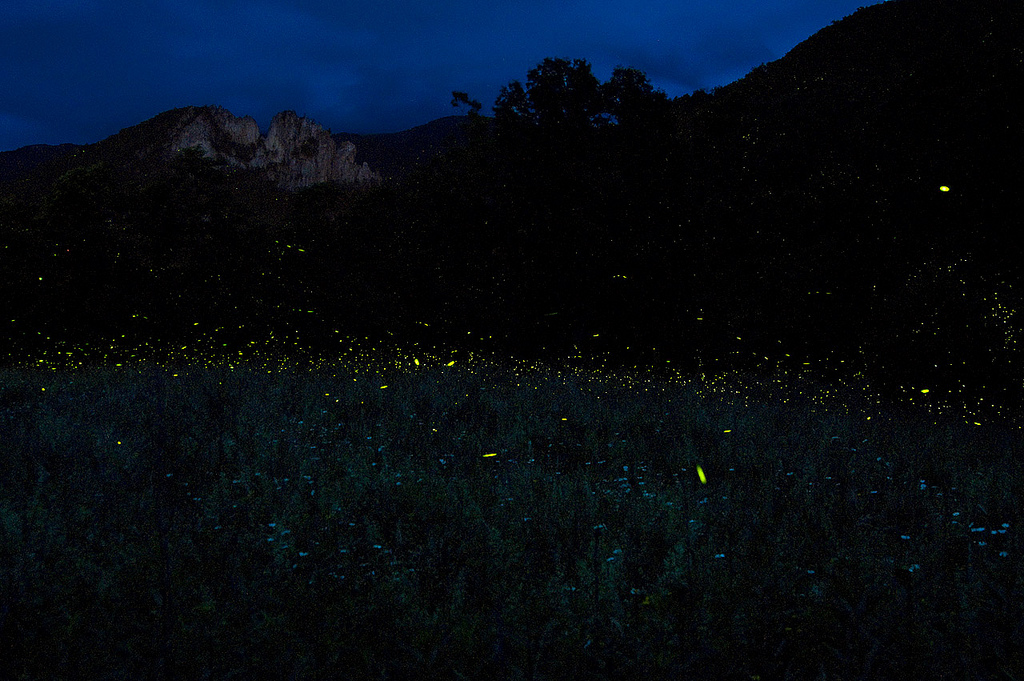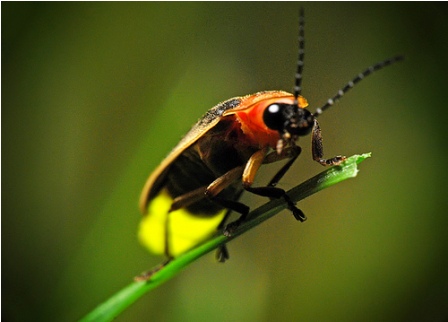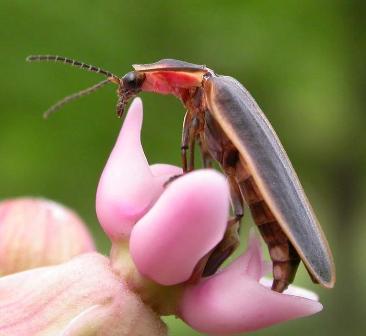
Welcome to my webpage!
Why was the mother lightning bug unhappy? (see bottom of page for
answer)
Photuris pennsylvanicus, or more commonly known as the
Pennsylvania Firefly, is one of almost 2000 species of firefly. In
North America fireflies fall into three main genera; the Photuris,
Photinus, and the Pyractomena. The Pennsylvania Firefly falls into
the Photuris genus. Learn more about the
classification of the
Pennsylvanian Firefly.
They are very common and range from the eastern U.S. to Kansas and Texas
where they are found in meadows and open forests. Learn more about
firefly
habitat.
The adult’s elytra (hardened forewings that form a
protective covering over flight wings) are dark brown with yellowish
margins and oblique stripes. The head is partially covered by a pronotum (which is a plate that covers the upper middle portion,
thorax, of the insect's body) that is yellow around the sides
and red in the middle. This specific species fly from early evening
to midnight from July to August and emit a bright green light to
attract a mate. Learn more about firefly adaptations.
 Pennsylvania
Fireflies lay spherical eggs singly or in groups in damp soil,
around grass or moss, and hatch in about 4 weeks. Learn more about
firefly
reproduction.
Pennsylvania
Fireflies lay spherical eggs singly or in groups in damp soil,
around grass or moss, and hatch in about 4 weeks. Learn more about
firefly
reproduction.
Their Larvae feed at night in the grass on snails, slugs, earthworms, and cutworms. Their light isn’t visible unless turned over. Learn more about firefly nutrition and interactions with other species.
On to Classification!
Answer: Because her children weren't very bright!
If you are interested in finding out about more organisms, visit www.MultipleOrganisms.net to expand your knowledge of the variety of creatures around you!
Visit my school's website at www.uwlax.edu
The banner of the meadow with glowing fireflies at the top of the
page is courtesy of
Zolt Levay.